Nutrition For Life
 Getting good nutrition for life has two meanings, both are right. There are ways to get good nutrition and maintain it for a lifetime, is one way to interpret the phrase. It’s true. The other way to interpret it is that if you have good nutrition, your life will be longer and healthier. That’s also true. What exactly is good nutrition? The first thing to identify is what to avoid to ensure you’re eating healthy. Food with additional sugar added is the first thing to eliminate. Sugar has a huge negative impact on your body. Even worse, it’s additive. Don’t be fooled by the term “natural” sugar, like high fructose corn syrup. It may come from natural sources, but it’s even worse than traditional cane sugar.
Getting good nutrition for life has two meanings, both are right. There are ways to get good nutrition and maintain it for a lifetime, is one way to interpret the phrase. It’s true. The other way to interpret it is that if you have good nutrition, your life will be longer and healthier. That’s also true. What exactly is good nutrition? The first thing to identify is what to avoid to ensure you’re eating healthy. Food with additional sugar added is the first thing to eliminate. Sugar has a huge negative impact on your body. Even worse, it’s additive. Don’t be fooled by the term “natural” sugar, like high fructose corn syrup. It may come from natural sources, but it’s even worse than traditional cane sugar.
Avoid processed food.
Highly processed foods not only are low in nutrition, they contain many additives and chemicals. If you want to see an entire population change from robust good health to one with life threatening illness, find one that changes from its traditional foods to a Western diet. Additives to increase shelf life are added to processed foods, just as extra salt, sugar or refined, bleached flour. Many foods were created specifically to increase consumption with extra doses of sugar, salt and fat that our bodies have been programmed to desire for survival. Of course, that was survival when men lived in caves. Today those cravings only lead to obesity, heart disease and bad health.
Healthy protein is important.
Don’t forget protein. You need protein to build muscle tissue, hair, nails, enzymes, hormones and chemicals for body functions. Protein is used for tissue repair and a basic building block for skin, cartilage, bones and blood. You don’t have to get protein from meat. Healthy protein comes from poultry, eggs, nuts, beans and fish. Protein will make and keep you feeling full, help you shed pounds and build muscle tissue.
Stick with fresh fruits and vegetables and make it colorful.
Fruit and vegetables have varies colors that are created by phytonutrients, such as anthocyanins, which give vegetables and fruit the purple, blue or deep red color. These are powerful antioxidants. You may already have heard of resveratrol found in wine and grapes. It helps relax the artery walls and improve circulation. Those are in purple fruits and vegetables, too. Carotenoids give an orange color, which changes to vitamin A. Chlorophyll gives veggies the green color and boosts your immune system too. Each color has different nutrients, so to maximize your intake, you need a colorful plate.
- Keep your drinks simple. There’s nothing wrong with a cup of coffee or green tea, but you don’t really need milk or fruit juice. Of course, sugary soft drinks are out of the picture, too. Water is best.
- Healthy fat is important. Avoid trans fats and hydrogenated fat, but adding avocado or fatty fish to your diet will actually improve your overall health and help you lose weight.
- When you add grains to your diet, make sure they’re whole grains. Better yet, sprouted grains add a new dimension to healthy eating.
- Don’t forget about regular exercise. While a healthy diet is the foundation of a healthy body, regular exercise is the framework to keep you healthier longer.

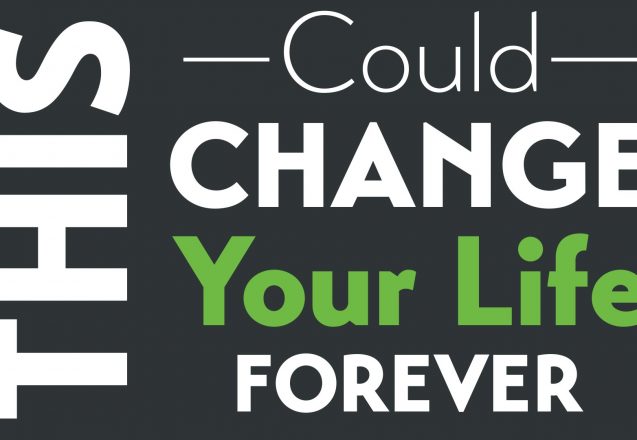
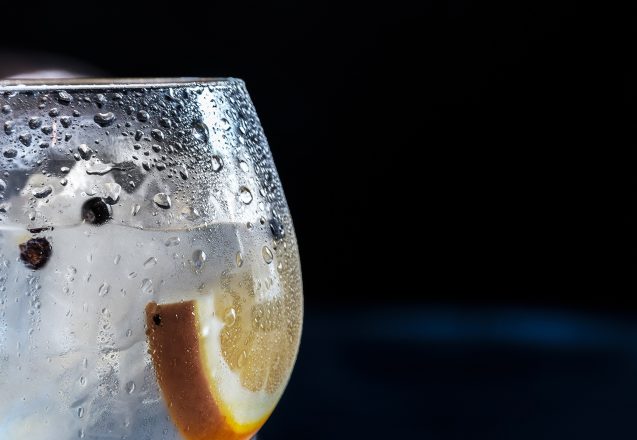
 If you’re feeling bloated because you simply can’t go, you might consider exercise, diet and adequate hydration for constipation. Taking pharmaceutical aids and cures in a bottle can help occasionally, but to conquer the problem permanently, you need to make changes in your life. Frequent use of laxatives can create a dependency on them and cause other physical problems. Making lifestyle changes is the only way to permanently change it or make it far less frequent. First, you need to identify exactly what constipation means.
If you’re feeling bloated because you simply can’t go, you might consider exercise, diet and adequate hydration for constipation. Taking pharmaceutical aids and cures in a bottle can help occasionally, but to conquer the problem permanently, you need to make changes in your life. Frequent use of laxatives can create a dependency on them and cause other physical problems. Making lifestyle changes is the only way to permanently change it or make it far less frequent. First, you need to identify exactly what constipation means.
 The original food pyramid started back in the 1990s by the USDA, but unfortunately, they got it wrong. Why? Nobody is quite certain. Part of the problem may have come from lack of knowledge known today, while another reason may have been from powerful lobbying groups that altered the outcome. Either way, food and nutrition guidelines for healthy kids is one of the most important goals for parents here in Irvine and institutions like schools. Knowing how to start kids out on a healthy track can establish a lifetime of healthy eating.
The original food pyramid started back in the 1990s by the USDA, but unfortunately, they got it wrong. Why? Nobody is quite certain. Part of the problem may have come from lack of knowledge known today, while another reason may have been from powerful lobbying groups that altered the outcome. Either way, food and nutrition guidelines for healthy kids is one of the most important goals for parents here in Irvine and institutions like schools. Knowing how to start kids out on a healthy track can establish a lifetime of healthy eating.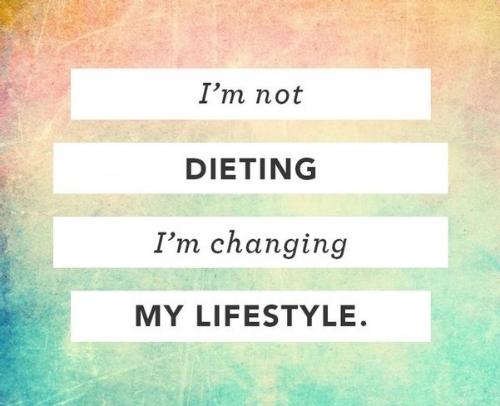
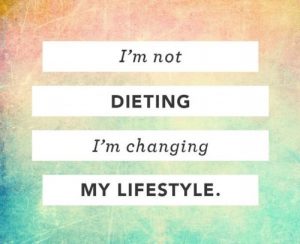 How many times have you started dieting, lost your weight and then gained it all back within a few weeks or months of ending your diet? How many times have you dieted and in one horrible evening, ended the diet and all the progress by stuffing your self with the diet’s forbidden foods. Diets always fail, but making lifestyle changes don’t. Making lifestyle changes means learning to eat healthier and make smarter choices when it comes to food.
How many times have you started dieting, lost your weight and then gained it all back within a few weeks or months of ending your diet? How many times have you dieted and in one horrible evening, ended the diet and all the progress by stuffing your self with the diet’s forbidden foods. Diets always fail, but making lifestyle changes don’t. Making lifestyle changes means learning to eat healthier and make smarter choices when it comes to food.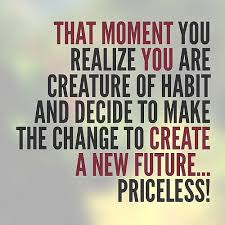
 Life changes are what make the difference in good health. Too often people make a New Year’s resolution to start exercising or eat healthier and within weeks, all that resolve disappears. Why not go slower and develop new health habits instead. New health habits last a lifetime and offer the opportunity to live longer with fewer chances of serious conditions that affect your enjoyment and length of life.
Life changes are what make the difference in good health. Too often people make a New Year’s resolution to start exercising or eat healthier and within weeks, all that resolve disappears. Why not go slower and develop new health habits instead. New health habits last a lifetime and offer the opportunity to live longer with fewer chances of serious conditions that affect your enjoyment and length of life.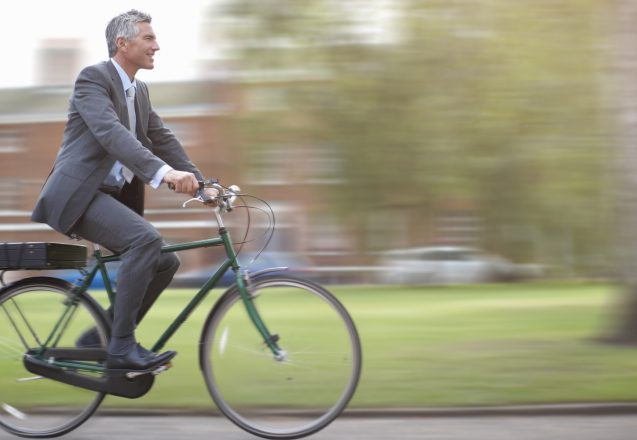
 If walking isn’t fast enough for you or completely boring, consider an alternative and start bike riding. There’s a lot of reasons to ride a bike. First, it’s great transportation. You can get quite a distance on a bike without the same amount of effort it would take running and it’s also far faster. It may even be faster than taking a car if there’s a traffic jam you can weave through and won’t have you sitting waiting for a bus, just to end up blocks from your destination.
If walking isn’t fast enough for you or completely boring, consider an alternative and start bike riding. There’s a lot of reasons to ride a bike. First, it’s great transportation. You can get quite a distance on a bike without the same amount of effort it would take running and it’s also far faster. It may even be faster than taking a car if there’s a traffic jam you can weave through and won’t have you sitting waiting for a bus, just to end up blocks from your destination.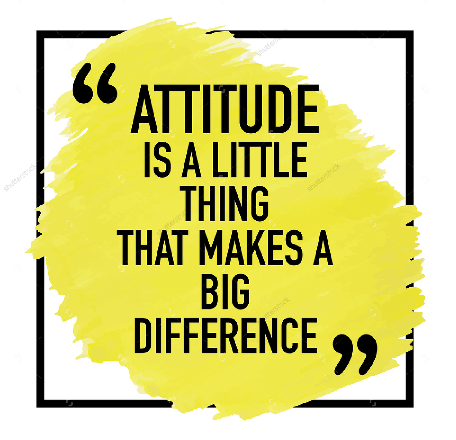
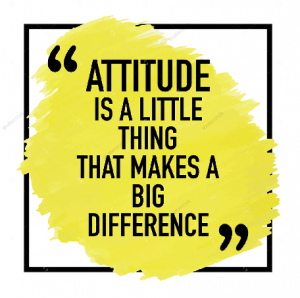 If you’re trying to get fit in Irvine, CA or anywhere else, one of the biggest hurdles you face is your attitude toward fitness. Your attitude can make a huge difference. On those days when you feel like going directly home, rather than going to the gym first, it’s your mind, not your body that rules. If you’re focused on getting fit and have a determined attitude, you’ll go. If not, not only will you go home rather than working out that night, but ultimately skip many nights until you no longer have a fitness program, just another empty promise to yourself.
If you’re trying to get fit in Irvine, CA or anywhere else, one of the biggest hurdles you face is your attitude toward fitness. Your attitude can make a huge difference. On those days when you feel like going directly home, rather than going to the gym first, it’s your mind, not your body that rules. If you’re focused on getting fit and have a determined attitude, you’ll go. If not, not only will you go home rather than working out that night, but ultimately skip many nights until you no longer have a fitness program, just another empty promise to yourself.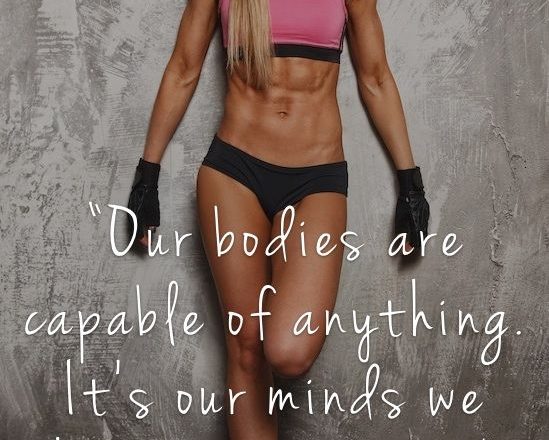
 Whether it’s a busy life or just plain lack of desire, it’s not always easy to make it to the gym or stick with a healthy eating program. You need to find out what your motivation to be healthy is and keep that in mind when you find your day out of control or simply are out of sorts or tired. Motivation can stem from anywhere. It may be to have the energy to accomplish all your goals or be healthy and enjoy every minute with your child or grandchild.
Whether it’s a busy life or just plain lack of desire, it’s not always easy to make it to the gym or stick with a healthy eating program. You need to find out what your motivation to be healthy is and keep that in mind when you find your day out of control or simply are out of sorts or tired. Motivation can stem from anywhere. It may be to have the energy to accomplish all your goals or be healthy and enjoy every minute with your child or grandchild.
 Sure winter isn’t exactly beach time, but you don’t have to stay indoors. Maybe the sun is shining less, which can cause you to feel more like staying in bed, but when you get up and get going, you’ll feel better. If you follow a few bits of advice, you can stay healthy this winter. It’s good to put our weather in perspective. In Minnesota, the weather we’re having in Irvine would seem quite balmy. We don’t have mountains of snow like they do in the Northeast or near the Great Lakes, so getting out and traveling is far easier here. One key to staying healthy is to continue to stay active and most of all, have fun.
Sure winter isn’t exactly beach time, but you don’t have to stay indoors. Maybe the sun is shining less, which can cause you to feel more like staying in bed, but when you get up and get going, you’ll feel better. If you follow a few bits of advice, you can stay healthy this winter. It’s good to put our weather in perspective. In Minnesota, the weather we’re having in Irvine would seem quite balmy. We don’t have mountains of snow like they do in the Northeast or near the Great Lakes, so getting out and traveling is far easier here. One key to staying healthy is to continue to stay active and most of all, have fun.